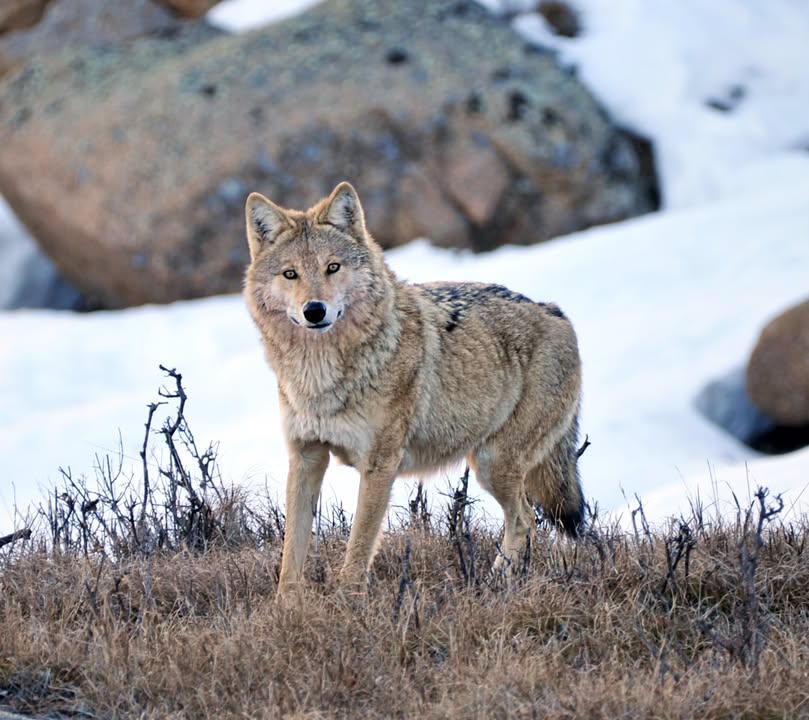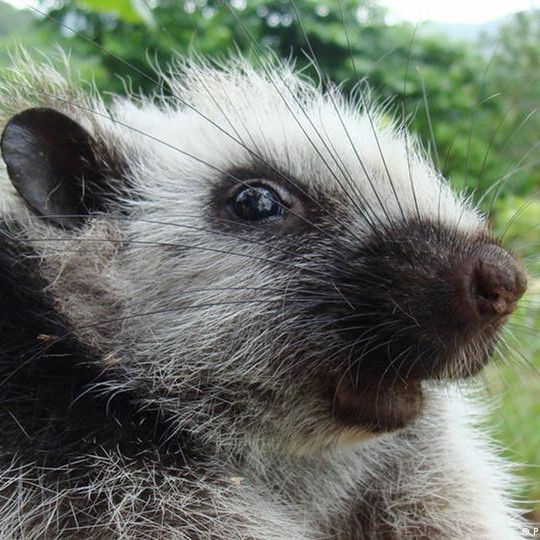
Idea Wild
Idea Wild's mission is to equip, empower, and activate the world's most promising environmental leaders to grow and strengthen the movement to conserve the planet's biodiversity Biodiversity is the foundation of human existence and has provided humankind with healthy ecosystems, food, fiber, pharmaceuticals, pollination and peace of mind for thousands of years. Planet earth is now experiencing a loss of biodiversity. IDEA WILD works to equip, empower and activate the world’s most promising environmental leaders to grow and strengthen the movement to conserve the planet's biodiversity. Our collective future depends on it.

Founded
1991
12000
Web
Sign in to see organisation website
Address
FORT COLLINS
From Social media
News about from their social media (Facebook and X).
Our project highlight of the week comes to us from Mongolia, conducted by Uuganbayar Ganbold: Reduce Conflicts Between Wolves and Nomadic Herders in Hustai National Park. We are pleased to have donated binoculars and a parabolic microphone. Summary: Hustai National Park (HNP) is a self-funded, non-profit park located in central Mongolia.
Like Comment
Data about organisation
Natural Resource Conservation and Protection Category
Organisations with similar rank to Idea Wild in category Natural Resource Conservation and Protection
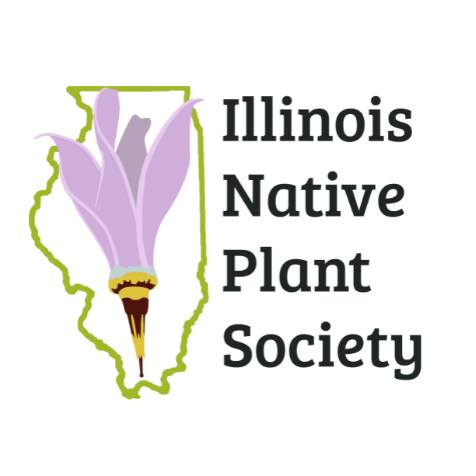
3807. Illinois Native Plant Society
The Illinois Native Plant Society is a non-profit organization whose purpose is to promote the preser.

3808. Waterloo Greenway Conservancy
Winding along Waller Creek in the heart of downtown Austin, Waterloo Greenway will be home to a wild array of natural and cultural spaces: from epic gardens and meandering pathways to the twinkling creek that connects them.

Idea Wild's mission is to equip, empower, and activate the world's most promising environmental leaders to grow and strengthen the movement to conserve the planet's biodiversity.

3810. WESTERN NATIONAL PARKS ASSOCIATION
WNPA makes the national park experience possible for everyone.

Starworks supports creativity and community through public events and our Artist Residency programs.
Protection of Endangered Species Category
Organisations with similar rank to Idea Wild in category Protection of Endangered Species

Protect lemurs.

101. THE ORANGUTAN CONSERVANCY
The Orangutan Conservancy supports rescue and rehabilitation centers in Borneo and Sumatra; funds conservation science and more.

Idea Wild's mission is to equip, empower, and activate the world's most promising environmental leaders to grow and strengthen the movement to conserve the planet's biodiversity.

103. BEACHES SEA TURTLE PATROL INC
BSTP is a small, all-volunteer 501(c)(3) organization working for the preservation of endangered marine turtles in Atlantic, Neptune and Jax Beaches, Florida.
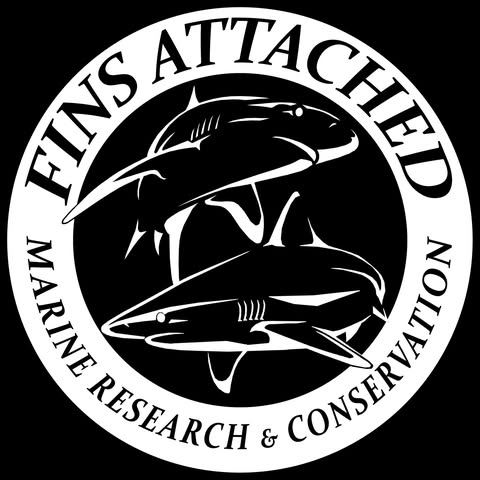
Shark research, marine research and conservation: To conduct research, promote conservation and provi.
Environmental Quality Protection and Beautification N.E.C. Category
Organisations with similar rank to Idea Wild in category Environmental Quality Protection and Beautification N.E.C.
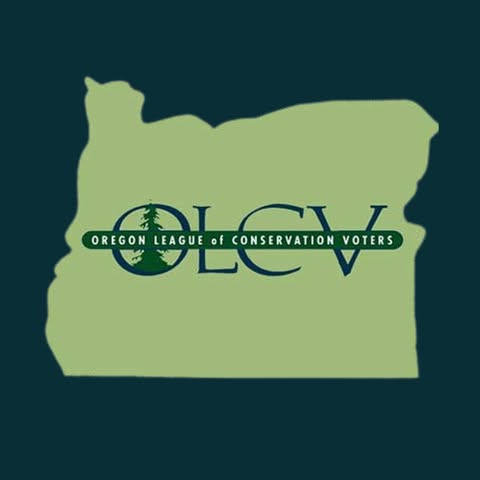
322. Oregon League of Conservation Voters Education Fund
Working to protect Oregon's people & places and hold our elected officials accountable.

323. Environment North Carolina Research & Policy Center
Environment North Carolina is a policy and action group with one mission: to build a cleaner, greener, healthier world.

Idea Wild's mission is to equip, empower, and activate the world's most promising environmental leaders to grow and strengthen the movement to conserve the planet's biodiversity.

325. WESTERN NATIONAL PARKS ASSOCIATION
WNPA makes the national park experience possible for everyone.

326. Santa Cruz Mountains Trail Stewardship
Creating and maintaining world-class trails responsibly, sustainably, and collectively since 1997.
FORT COLLINS
Organisations from Idea Wild

19. STUDENT AMERICAN VETERINARY MEDICAL
The College of Veterinary Medicine and Biomedical Sciences at Colorado State University strives to help animals, people, and the planet.

Our projects exist to restore, educate, equip, and provide hope to the oppressed, the trafficked, the vulnerable, the impoverished, and the at-risk.

Idea Wild's mission is to equip, empower, and activate the world's most promising environmental leaders to grow and strengthen the movement to conserve the planet's biodiversity.

We rescue & transition displaced domestic animals into their ideal homes.

Celebrating 21 YEARS of non-profit, listener-supported, volunteer-powered local community radio.
Interesting nearby
Interesting organisations close by to residence of Idea Wild

Camp Timberline is a little piece of Heaven on Earth where kids can go to have fun and where they fee.

The Atmosphere Conservancy (TAC) is a renewable energy project developer for nonprofit organizations.

Center for Living Environments and Regeneration
CLEAR helps business leaders to reshape how they do business, sustainability professionals to rethink green, and college students to prepare for both.

Idea Wild's mission is to equip, empower, and activate the world's most promising environmental leaders to grow and strengthen the movement to conserve the planet's biodiversity.
Similar social media (12000)
Organisations with similar social media impact to Idea Wild

51769. Central California Food Bank
Central California Food Bank serves over 310,000 neighbors monthly across Central California.

Billings' #1 Wedding and Special Events Venue.

Idea Wild's mission is to equip, empower, and activate the world's most promising environmental leaders to grow and strengthen the movement to conserve the planet's biodiversity.
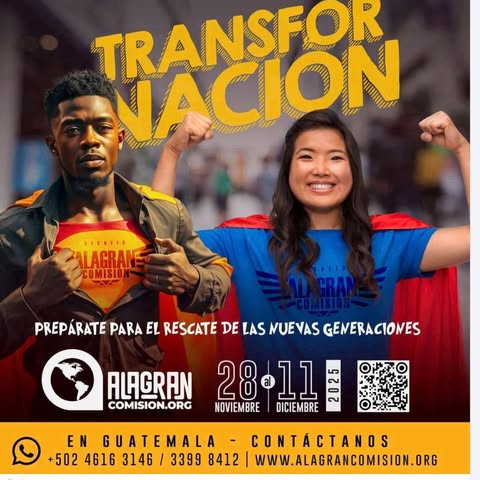
51772. Hearts in Action International Inc
"Transformando Generaciones".

51773. Downtown Vacaville Business Improvement District
Official #DowntownVacaville Facebook.
Join us and make a difference for the future!
Sign Up
Please fill in your information. Everything is free, we might contact you with updates (but cancel any time!)
Sign in with GoogleOr
Good News
🚆✨ Exciting news for travelers! The Indian Railways will operate 7,800 extra trains to accommodate the festive rush for Diwali and Chhath! A wonderful initiative to connect families during this joyous season. Let's celebrate together! 🪔🌟 #GoodNews #Transportation #Community
Railways to run 7,800 more trains, War Rooms monitoring festive rush: Vaishnaw
Social News XYZ
Like CommentExciting news from Chicago! Hundreds of high school students are seizing the chance to secure college admissions and scholarships all in one day at the Chicago Scholars event! 🎓✨ #EducationMatters #FutureLeaders
Hundreds of HS students interview with colleges at Chicago Scholars event at McCormick Place
ABC7 Chicago
Like Comment"Exciting news from Reading! 🎉 The Healthy Homes program is making a positive impact by improving safety for low-income families. Kudos to Caitlin Kammerer for her dedication to creating healthier living environments! 🌟🏡 #HealthyHomes #CommunitySupport #PositiveChange"
Healthy Homes program makes Reading homes safer for low-income residents
Yahoo
Like Comment